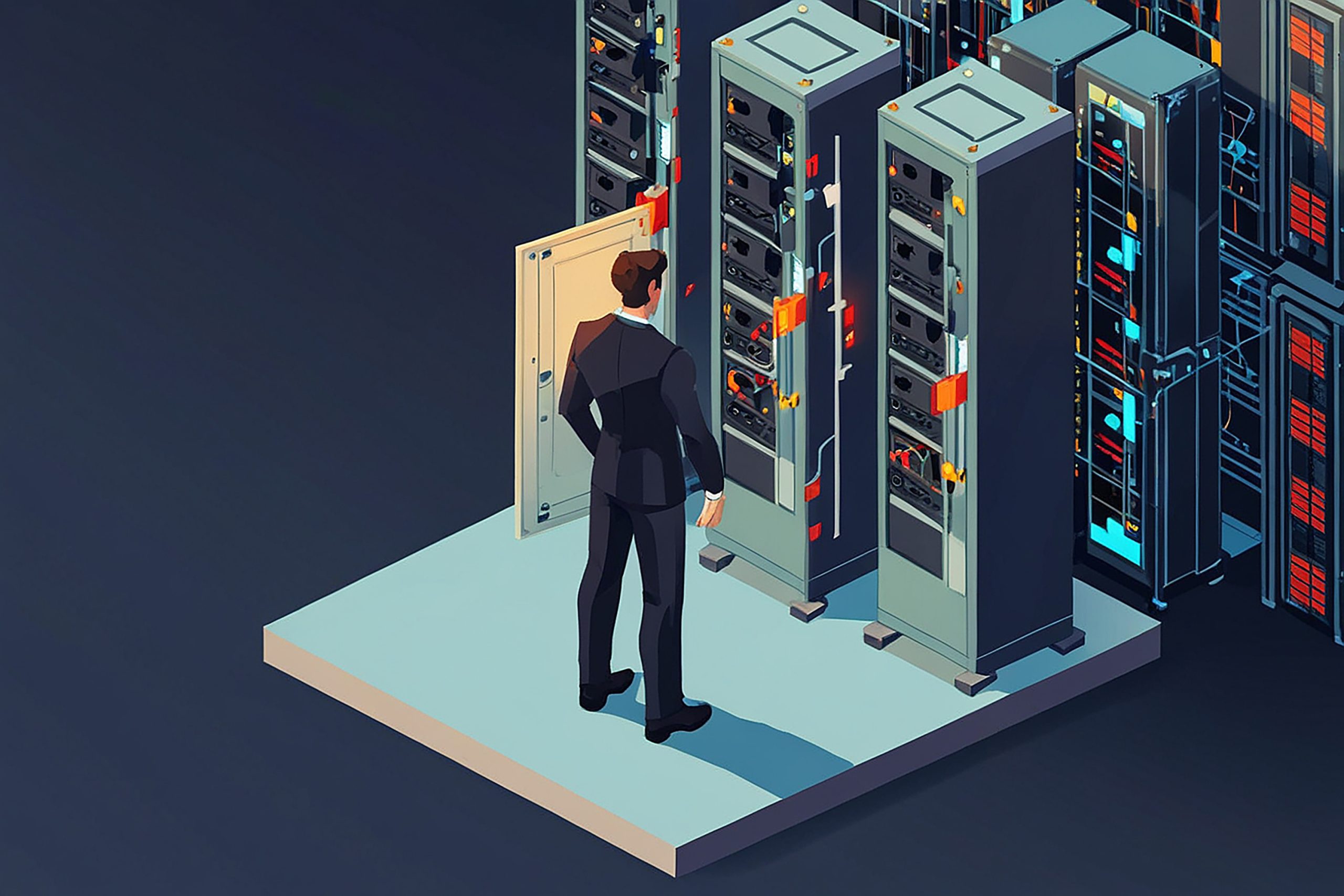Server downtime can cost businesses thousands of dollars per minute, leading to lost productivity, missed revenue, compliance penalties, and damaged customer trust. Many organizations underestimate the true cost of downtime until they face an unexpected outage. In this blog, Cloud Patrons highlights the hidden costs of server downtime, the most common causes behind outages and the proven prevention strategies, such as monitoring, redundancy, disaster recovery and secure access, that can help businesses reduce risks and ensure continuous operations.
What is Server Downtime?
In simple terms, server downtime refers to any period when a server is unavailable or unable to perform its intended functions. This could mean your website is down, employees can’t access applications, or customers can’t complete transactions.
There are two main types:
- Planned downtime– scheduled maintenance, updates, or migrations.
- Unplanned downtime– unexpected failures caused by hardware issues, cyberattacks, or misconfigurations.
While planned downtime can be managed with proper communication, unplanned downtime has significant hidden costs that many organizations underestimate.
True Cost of Server Downtime for Businesses
Server downtime is more than just a temporary inconvenience. Its impact ripples across every part of a business.
1. Productivity Loss
When systems go offline, employees lose access to essential tools. Projects stall, collaboration breaks down, and deadlines slip. For large teams, even an hour of downtime can translate into hundreds of wasted work hours.
2. Direct Revenue Loss
In industries like e-commerce, banking, or SaaS, downtime means transactions fail. Customers abandon carts, subscription services face cancellations, and sales are lost. The cost of server downtime per hour can run into thousands or even millions, depending on the business size.
3. Damage to Customer Trust
Customers expect 24/7 availability. If they face repeated outages, they lose confidence and may turn to competitors. Worse, negative reviews or social media complaints amplify the business impact of downtime on reputation.
4. Compliance and Legal Risks
For regulated sectors like finance or healthcare, downtime can lead to non-compliance with data availability requirements. This not only triggers fines but also invites audits or lawsuits.
5. Emergency Recovery Costs
When businesses are unprepared, outages lead to expensive last-minute fixes – consultant fees, overtime pay and rushed hardware replacements. These hidden costs often exceed the price of proactive prevention.
6. Long-Term Business Impact
Frequent downtime slows growth. Businesses fighting outages struggle to innovate, scale, or deliver reliable customer experiences. Over time, the cumulative cost of downtime far outweighs the upfront investment in prevention.
Common Causes of Server Downtime
To prevent downtime, organizations must first understand their common causes:
- Hardware failures from aging servers.
- Unpatched vulnerabilities are exploited by cybercriminals.
- Configuration errors during updates or deployments.
- Weak monitoring systems that fail to detect problems early.
- Inadequate disaster recovery planning leads to prolonged outages.
Most of these are preventable causes of downtime with the right strategy in place.
How to Prevent Server Downtime
Downtime prevention is about being proactive. Here are the best practices businesses should adopt:
1. Proactive Monitoring
Continuous monitoring provides real-time visibility into server health. Automated alerts detect unusual activity before it becomes a full outage.
Cloud Patrons delivers dedicated security teams monitoring infrastructure to help organizations identify and resolve issues quickly.
2. Routine Maintenance and Patch Management
Unpatched systems are a leading cause of server downtime. Regular updates and patches close vulnerabilities and improve stability.
Acting as an outsourced technology partner, Cloud Patrons ensures servers are updated without disrupting business operations.
3. Redundancy and Failover Systems
Redundant servers and failover mechanisms ensure continuity even if one system fails. While setup costs exist, redundancy significantly reduces the business impact of server downtime.
Our experts implement redundant architectures that keep mission-critical workloads running.
4. Disaster Recovery Planning
A tested disaster recovery plan ensures data and applications can be restored quickly after an outage. This minimizes downtime and protects continuity.
Cloud Patrons designs backup and disaster recovery solutions that keep businesses operational under any circumstances.
5. Capacity Planning
Unexpected traffic surges – such as during sales campaigns or seasonal demand – can overwhelm servers. Proactive capacity planning ensures infrastructure scales with demand to avoid downtime during peak hours.
6. Securing Remote Access
Remote teams introduce new vulnerabilities. Encrypted VPNs, secure tunnels, and access restrictions reduce the chance of downtime caused by misconfigurations or breaches.
We provide secure connectivity for distributed teams that supports flexibility while maintaining uptime.
Server Downtime Solutions from Cloud Patrons
At Cloud Patrons, our mission is to minimize downtime risks with a comprehensive approach:
- Continuous monitoring and automated alerts.
- Patch and vulnerability management for stability and security.
- Redundancy planning to ensure uninterrupted services.
- Backup and disaster recovery strategies for resilience.
- Compliance integration with PCI DSS, ISO 27001, and other standards.
By combining proactive monitoring, redundancy, and compliance support, we deliver server downtime solutions that safeguard both operations and reputation.
Conclusion: Turning Uptime Into a Business Advantage
Downtime is not just a technical failure; it is a business liability that impacts revenue, productivity, and customer trust. By recognizing the hidden costs of server downtime and implementing prevention strategies, organizations can transform uptime into a competitive advantage.
With Cloud Patrons as your partner, businesses gain a proactive, scalable and compliant strategy to keep servers available 24/7.
Don’t let downtime drain your business. Talk to Cloud Patrons today to explore tailored solutions that protect your servers and your bottom line.








